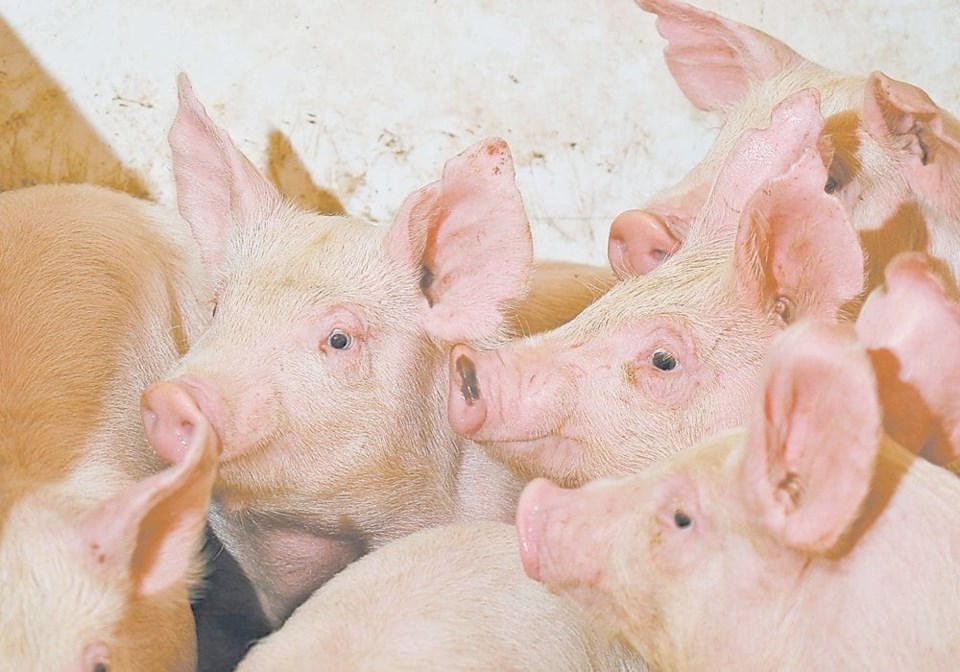WESTERN PRODUCER — Pigs once ate a lot of slops.
Today, feeding pigs human food waste is banned in some countries and heavily restricted in others.
That would need to change in order to create “circularity in food production,” according to Dutch swine nutritionist Alfons Jansman of Wageningen University. European consumers and politicians are beginning to clamour for requirements that would see animal protein e produced only from non-food quality ingredients.
That means “only byproducts … being used to feed our animals.”
Jansman, who spoke at the Animal Nutrition Conference of Canada, said animal agriculture has come under attack due to “a so-called nitrogen crisis” that is expected to see Dutch and other pig production fall by 20 to 30 per cent. The Dutch prime minister talks about the problems with excess nitrogen in the low country’s soils and water and his government has a minister of nitrogen affairs.
Demands have come from across Europe to restrict the use of prime farmland to human food production, rather than allowing some of it to be used for feedgrain production.
The goal of proponents is to use livestock solely for consuming waste products and byproducts that can’t be consumed by humans. The animals can recycle the waste products and produce protein for humans to consume, thereby lowering the overall nutrient emissions from agriculture.
“We have to acknowledge that animal-sourced food is really in debate,” said Jansman.
The proposal is not close to approval, but it is being talked about enough that European farmers and the feed industry are considering the implications, which would be numerous.
Jansman noted that that feeding human food waste to livestock is currently banned in Europe, so that would need to be changed.
Feed formulators would need to figure out how to combine the array of waste and byproducts that they would need to use instead of today’s grain-based diets. Guaranteeing a ration that would provide sufficient energy, protein and nutrients would be a challenge.
Not only would basic levels of nutrition be altered, but the specific processing and formulating methods would need to be refined.
For instance, fat might be needed to provide calories in pig diets that contain little grain. Feed sources would probably also contain more fibre.
That could require different types of pigs being bred to thrive on a waste-based diet. The pig’s microbiome would need to handle higher amounts of fibre, more sources of pathogens and the ability to digest non-traditional ingredients.
If the goal is to reduce nutrient excretions from the animals, they would need to be highly efficient at removing nitrogen, phosphorus and other nutrients from their feed, but those emissions might actually go up with different feed sources, Jansman said.
“What kind of pig do we need … to optimize these byproducts?” he wondered.
“We might have to think about breeding more specific pigs with a higher capacity to (handle) fibre.”
The concept of “circularity” in food production, with animals being kept for waste clean-up duties only, is not commonly discussed in North America.
“In Europe this is becoming an increasingly important word,” said Jansman.




